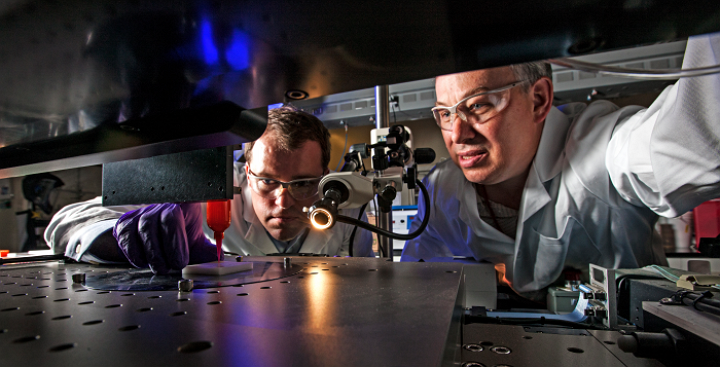
The 18-month-long Cooperative Research and Development Agreement (CRADA) means the LLNL team will use software for generative design from Autodesk Inc. to study material microstructures.
The LLNL and Autodesk project will study ideas for next-generation protective helmets as a test case for the collaboration to examine ways to improve design performance, and as helmets represent objects which require lightweight structure and must absorb impact and dissipate energy predictably, they say the project is ideal for studying advanced additive manufacturing techniques.
The LLNL and Autodesk teams will be tasked with creating complex material microstructures capable of dissipating energy more effectively than current manufactured helmet pads made with foams and pads.
“As an organization that is pushing the limits on generative design and high-performance computing, Autodesk is an ideal collaborator as we investigate next-generation manufacturing,” said Anantha Krishnan, the associate director for engineering at LLNL.
Mark Davis, the senior director of design research at Autodesk, says focusing on helmets will provide an excellent example of a design problem with multiple objectives.
“The difference in the design method we are proposing versus historically is that many of the previous manufacturing constraints can be eliminated,” says Eric Duoss, a materials engineer and the co-principal investigator for the LLNL team with computational engineer Dan White. “Additive manufacturing provides the opportunity for unprecedented breakthroughs in new structures and new material properties for a wide range of applications.”
While the kinds of helmets to be created have yet to be determined, Duoss thinks football, baseball, biking and skiing versions are likely candidates.
“One of the important things we hope to gain from this CRADA is to know what a great helmet design looks like, and we aim to build and test components of those helmet designs,” he said.
Over the course of the last couple of years, the LLNL Additive Manufacturing Initiative team has used 3D printing to produce novel ultralight and ultrastiff mechanical materials, mechanical energy absorbing materials and printed graphene aerogels.
The LLNL team will also include computational engineers Nathan Barton, Mark Messner and Todd Weisgraber; chemical engineer Tom Wilson; materials engineer Tim Ford; chemist Jeremy Lenhardt; applied physicist Willy Moss; and mechanical engineer Michael King.
What do you think about this deal between Lawrence Livermore National Laboratory and Autodesk Research to study materials and AM techniques for manufacturing helmets? Let us know in the LLNL and Autodesk Research forum thread on 3DPB.com.